Taylor J. Wagstaff
input coverage
2 February - 3 March 2024

Taylor J. Wagstaff
input coverage, 2024
installation view: Coastal Signs, Tāmaki Makaurau Auckland
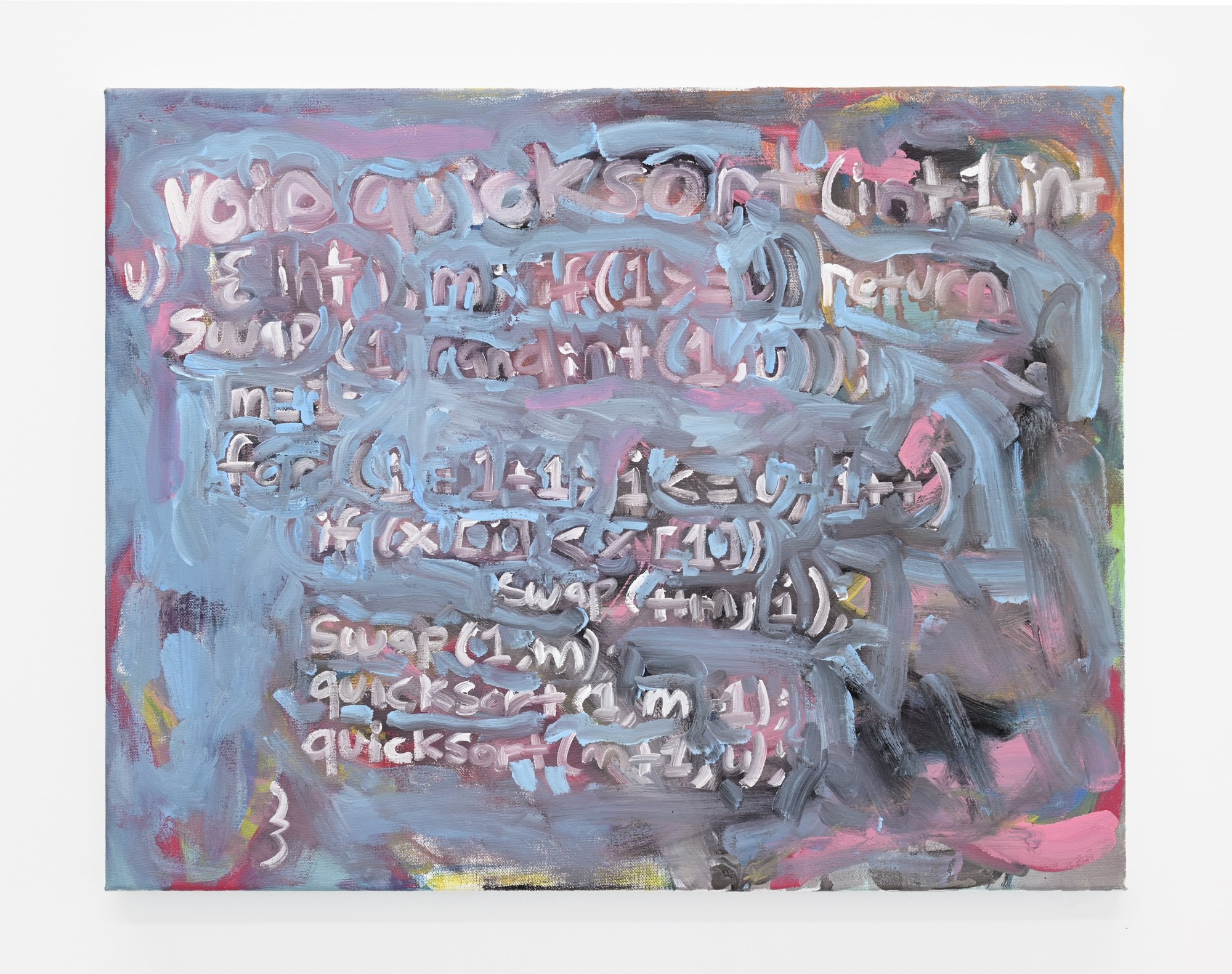
Taylor J. Wagstaff
Quicksort algorithm in C language, 2024
oil on canvas
400 x 500mm
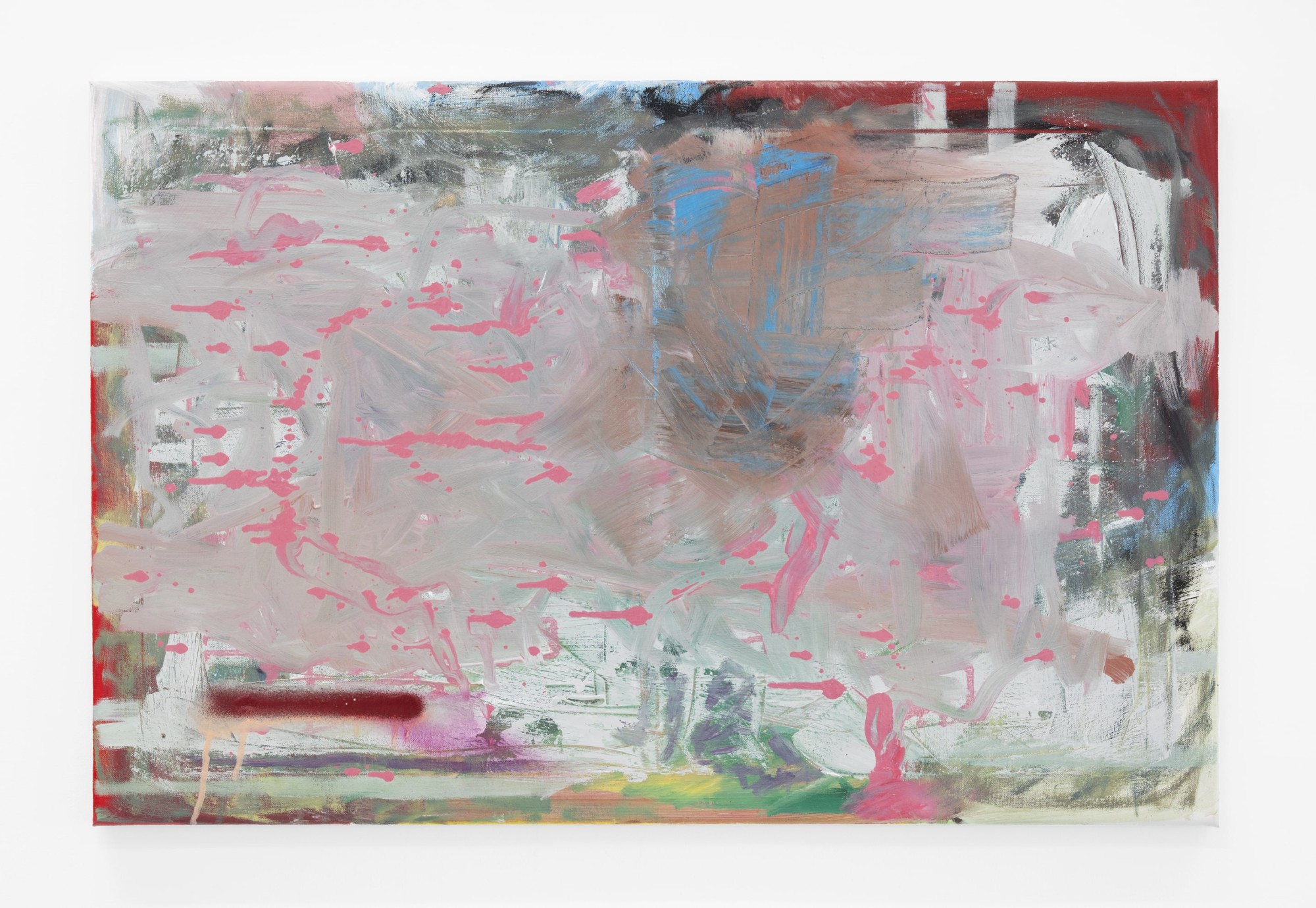
Taylor J. Wagstaff
Pink coverage, 2024
oil and spray paint on canvas
505 x 760mm
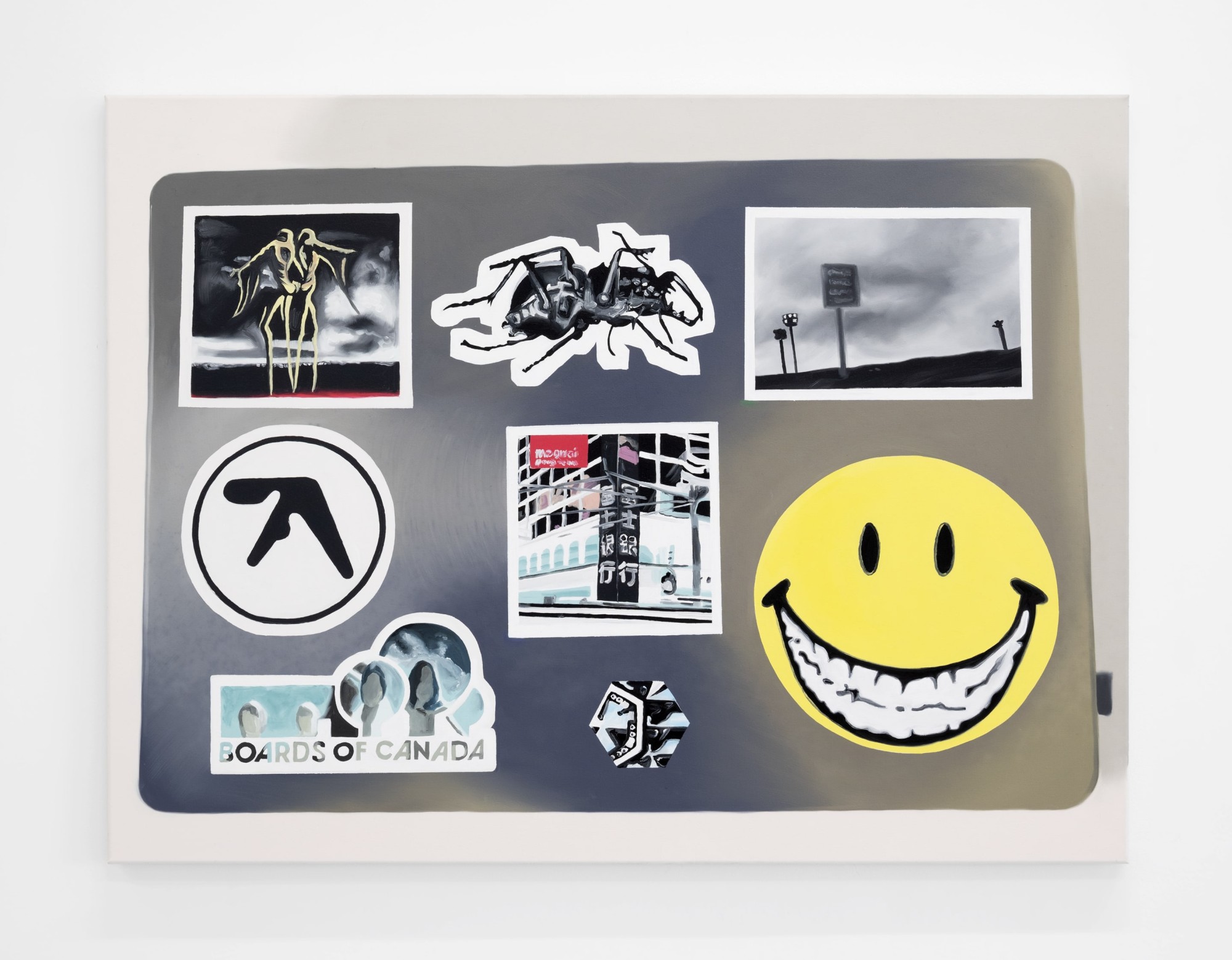
Taylor J. Wagstaff
Single layer paintings or composed markers of repurposed cultural fragments (two), 2023
oil on canvas
750 x 1000mm
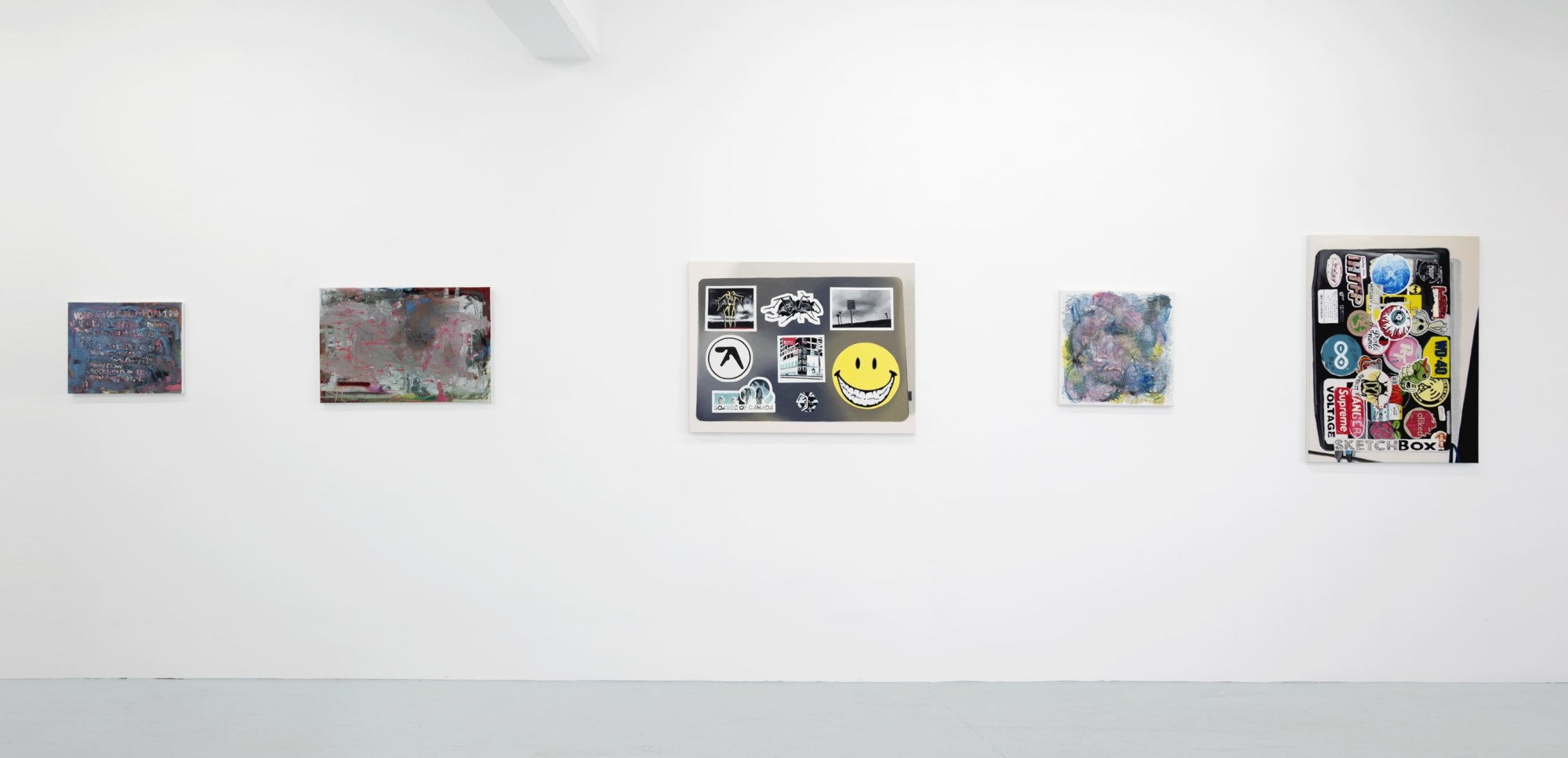
Taylor J. Wagstaff
input coverage, 2024
installation view: Coastal Signs, Tāmaki Makaurau Auckland

Taylor J. Wagstaff
Everything means nothing to me, 2024
oil on canvas
505 x 505mm
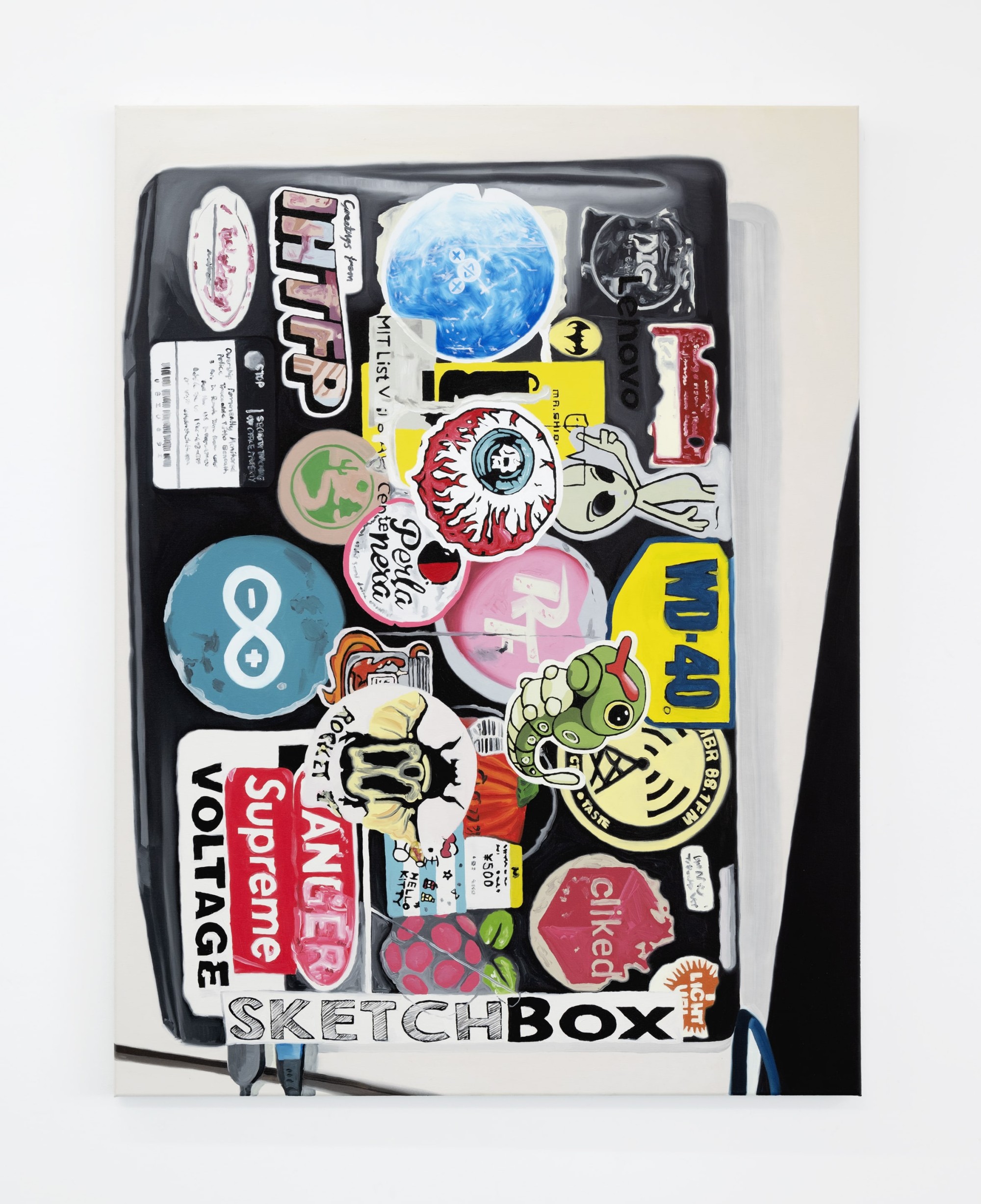
Taylor J. Wagstaff
Single layer paintings or composed markers of repurposed cultural fragments (one), 2023
oil on canvas
1000 x 750mm
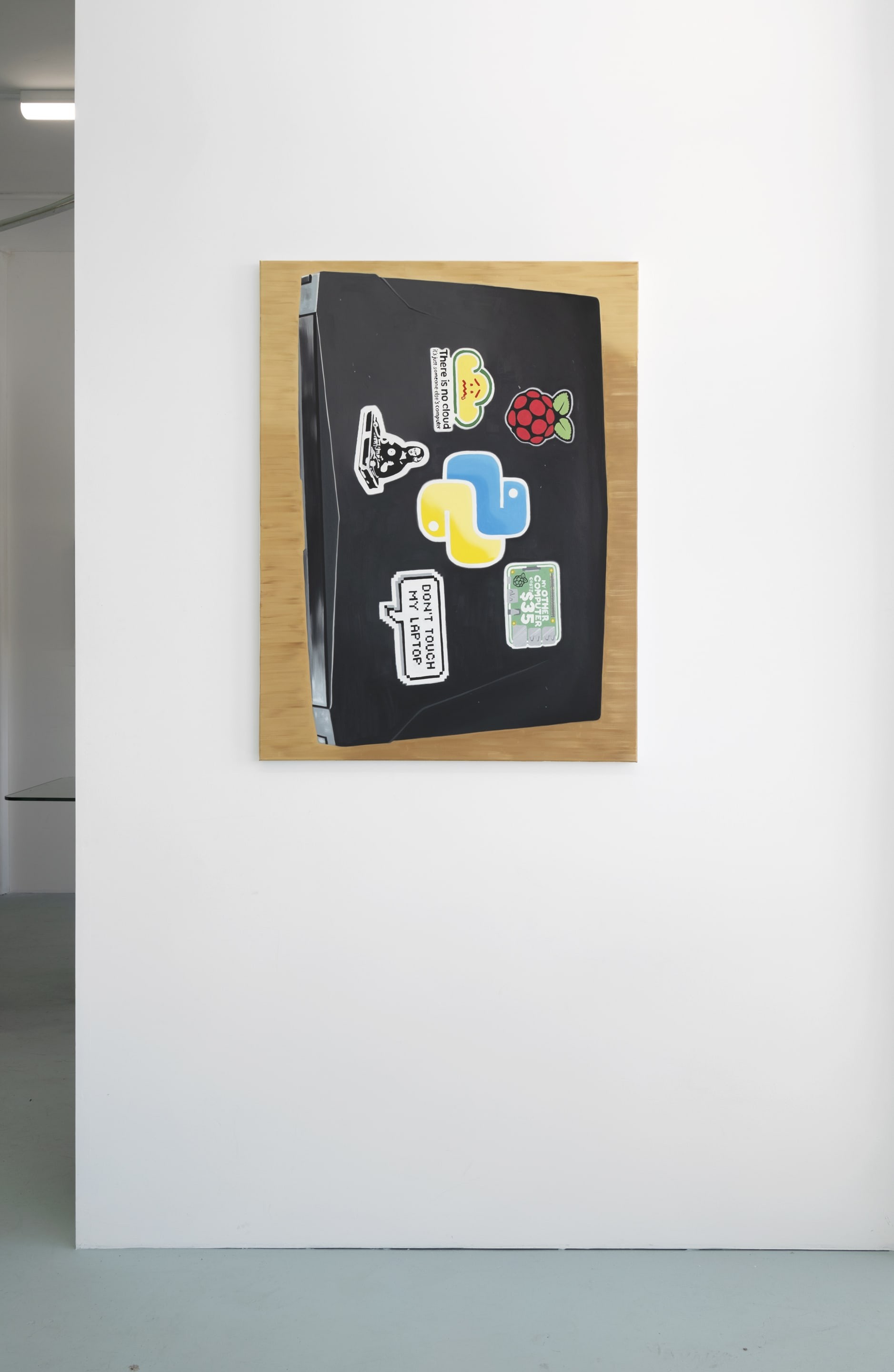
Taylor J. Wagstaff
Single layer paintings or composed markers of repurposed cultural fragments (three), 2023
oil on canvas
1000 x 750mm

Taylor J. Wagstaff
Gallery house style, 2023
oil on canvas
455 x 610mm
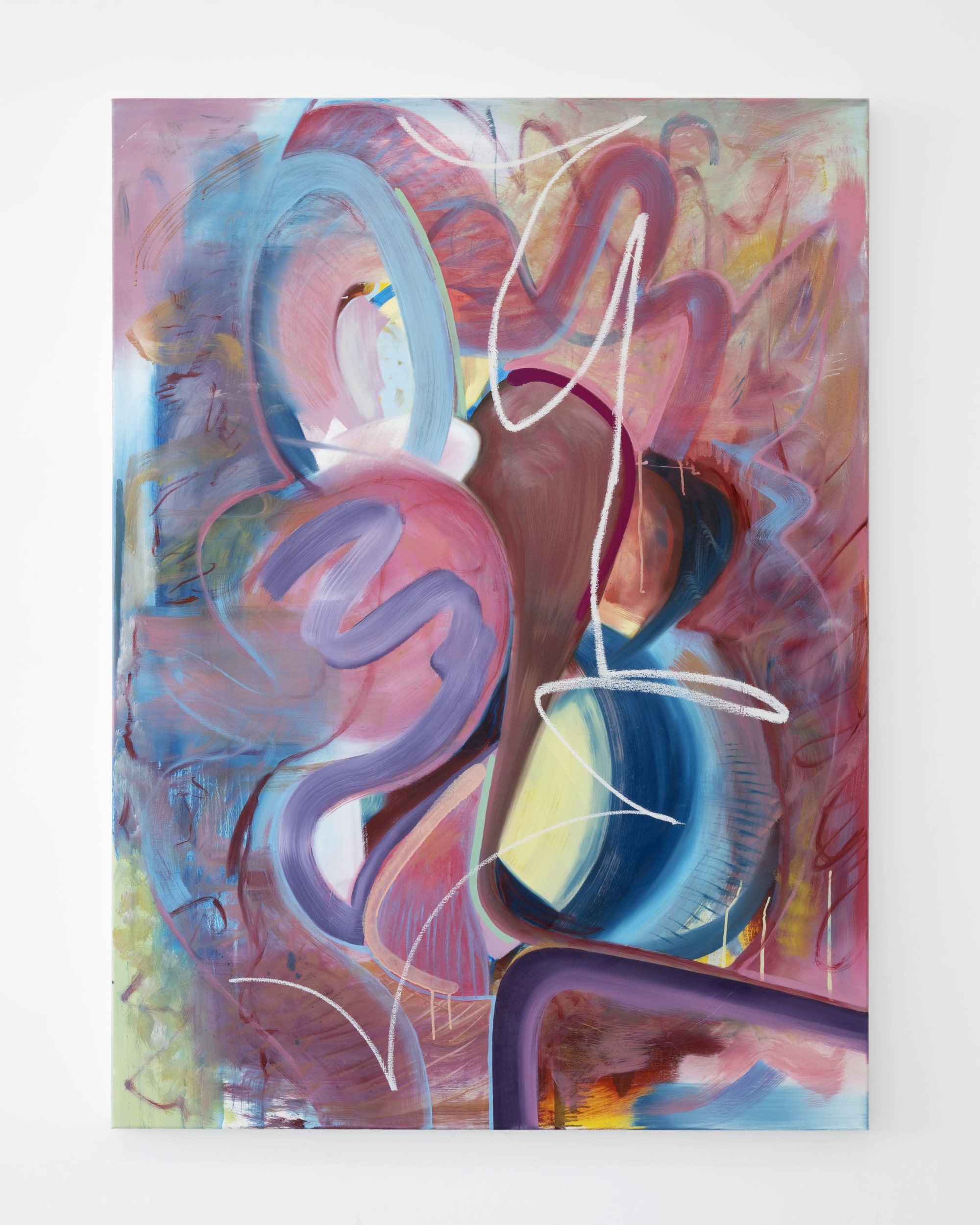
Taylor J. Wagstaff
Leitmotif, 2024
oil, oil stick and spray paint on canvas
1400 x 1050mm
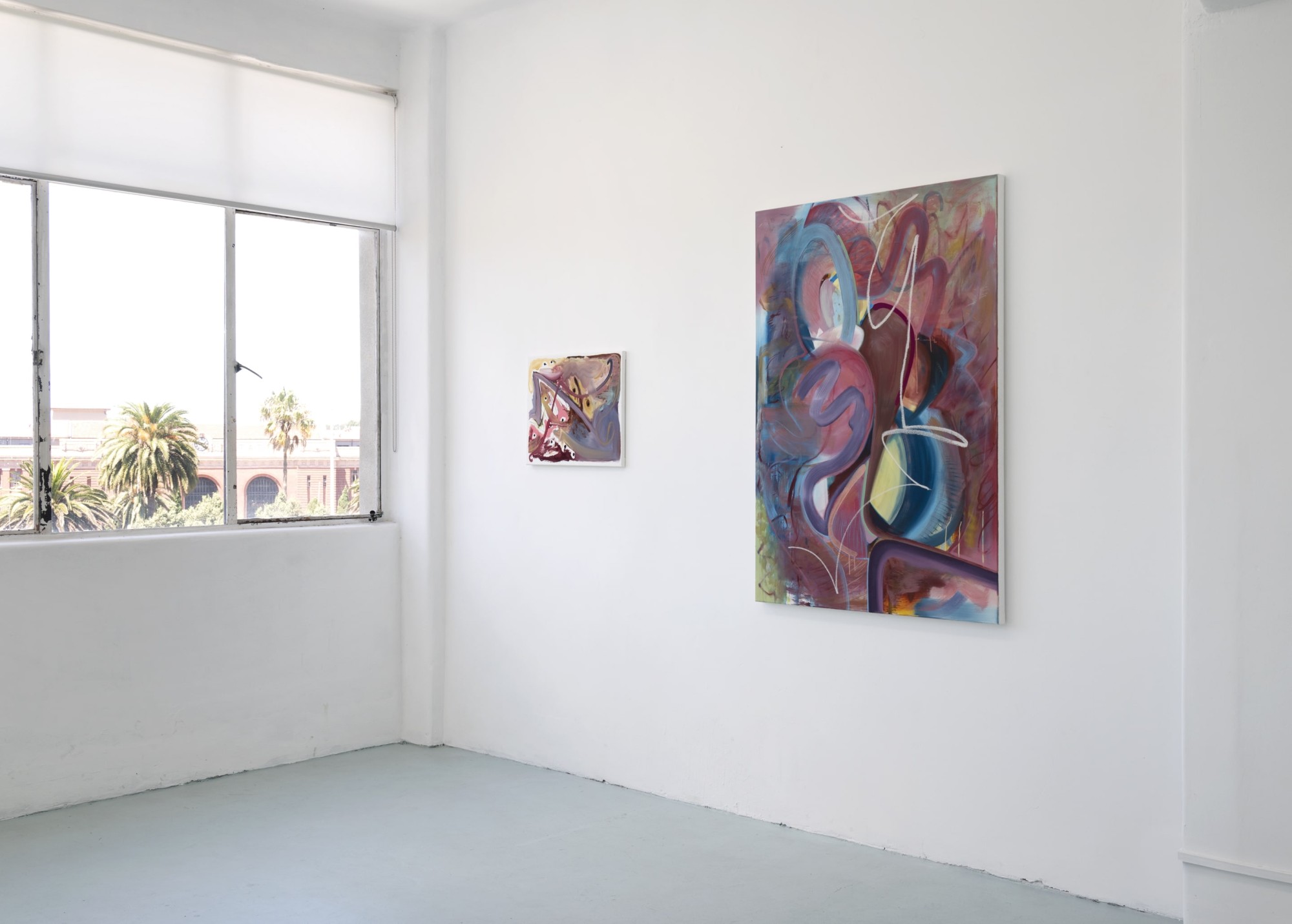
Taylor J. Wagstaff
input coverage, 2024
installation view: Coastal Signs, Tāmaki Makaurau Auckland
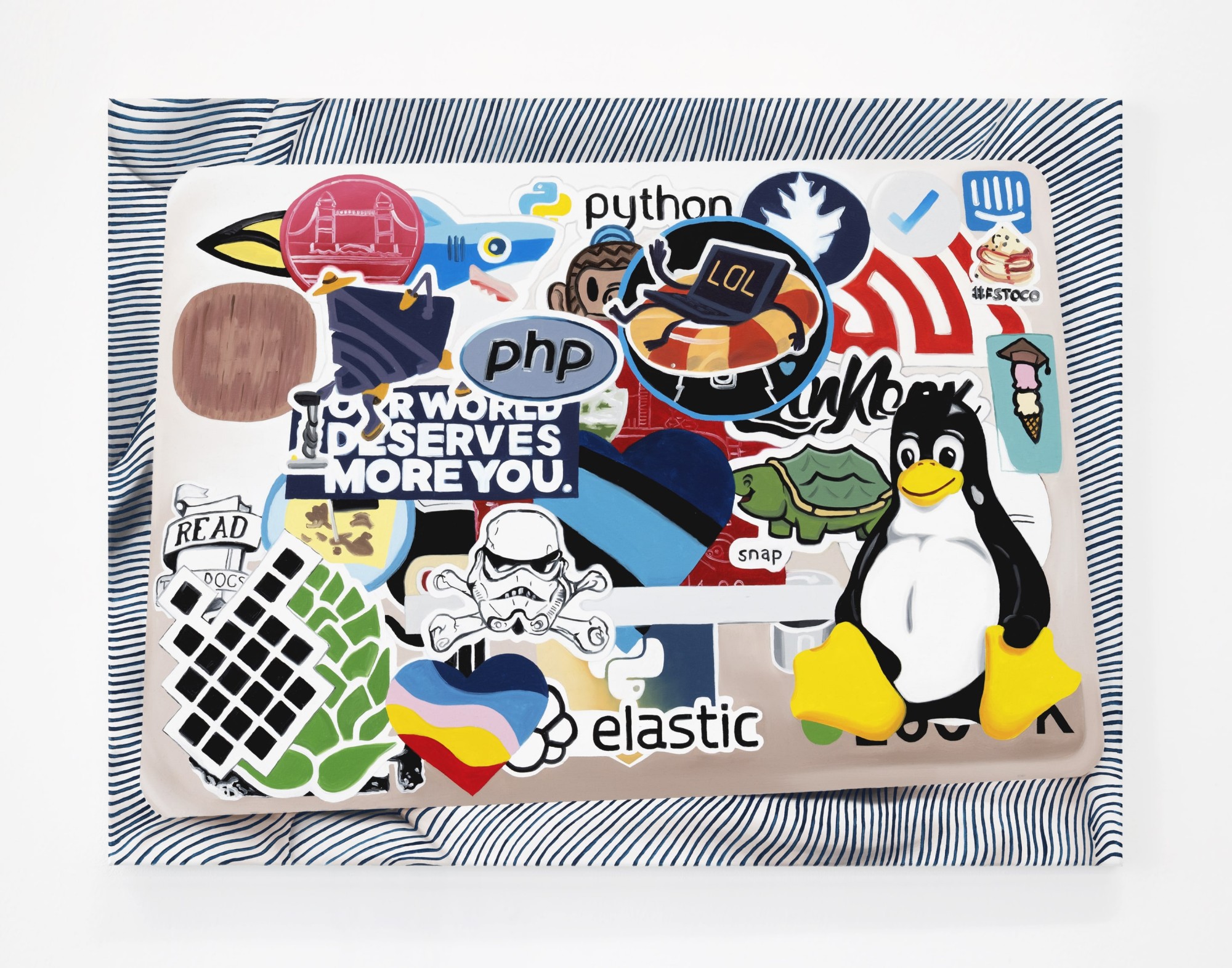
Taylor J. Wagstaff
Single layer paintings or composed markers of repurposed cultural fragments (four), 2023
oil on canvas
750 x 1000mm
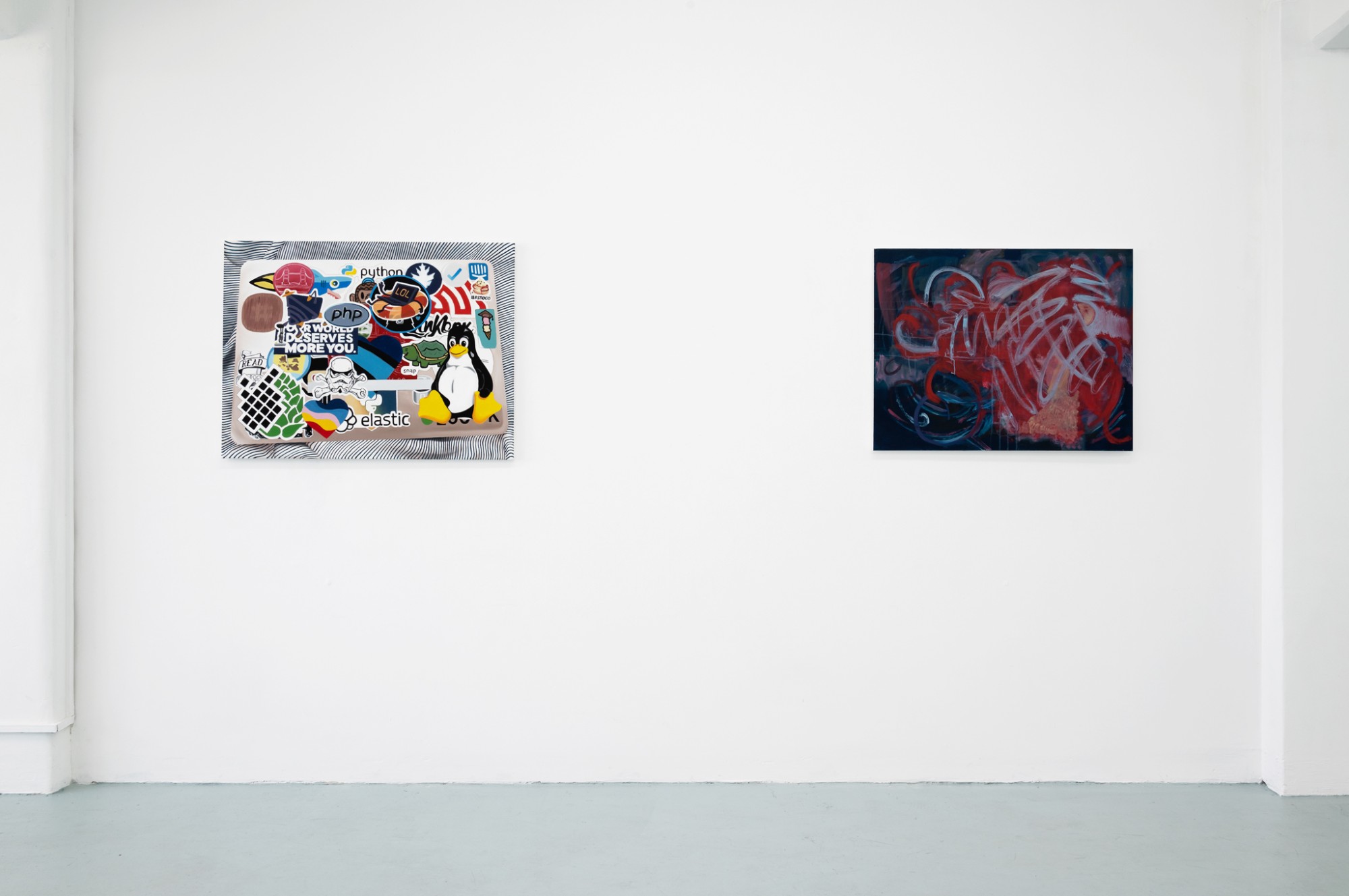
Taylor J. Wagstaff
input coverage, 2024
installation view: Coastal Signs, Tāmaki Makaurau Auckland

Taylor J. Wagstaff
The lobster (scavenger), 2024
oil on canvas
700 x 900mm
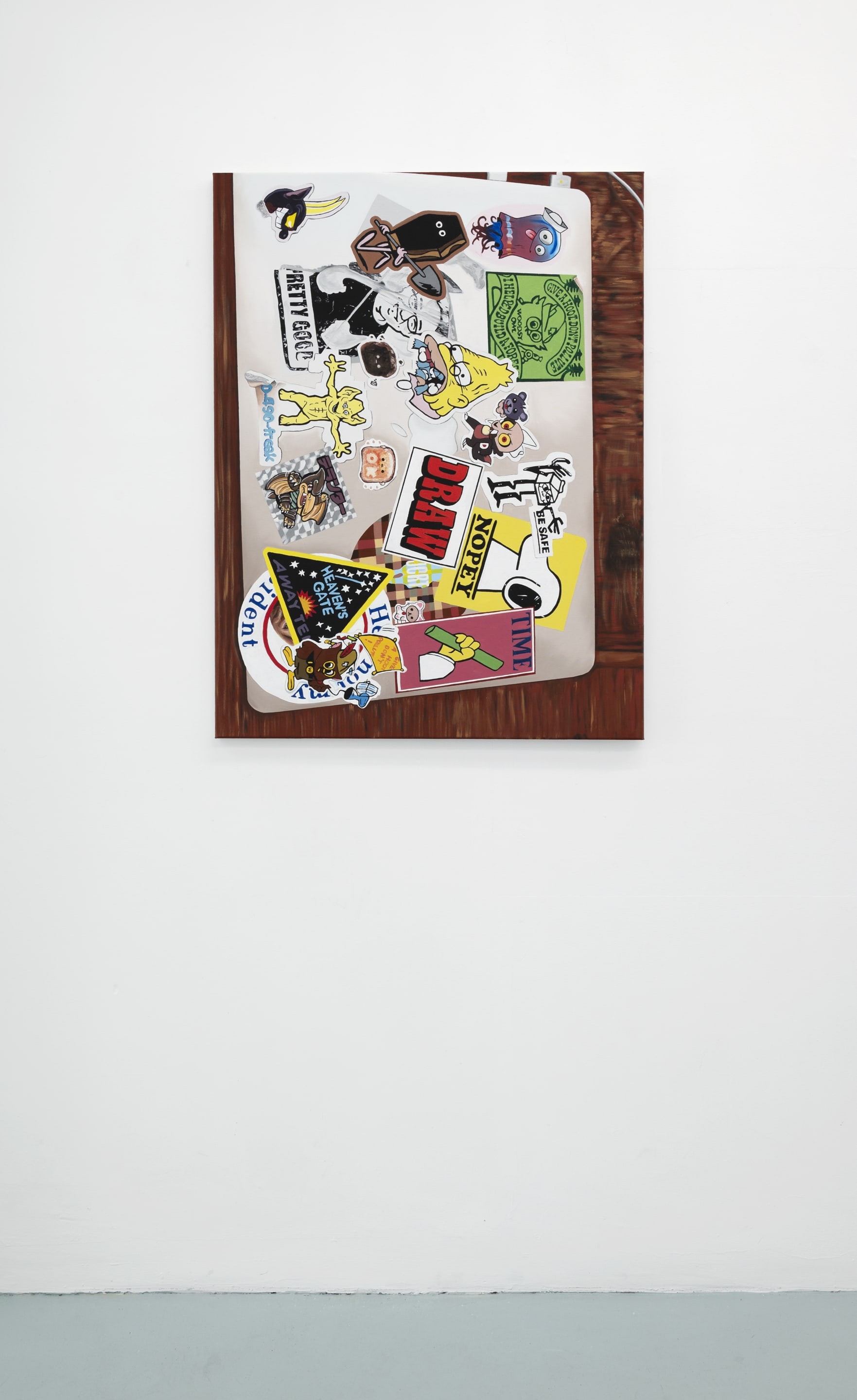
Taylor J. Wagstaff
Single layer paintings or composed markers of repurposed cultural fragments (five), 2023
oil on canvas
1000 x 750mm

Taylor J. Wagstaff
Decorazione assoluta, 2024
oil on canvas
500 x 750mm
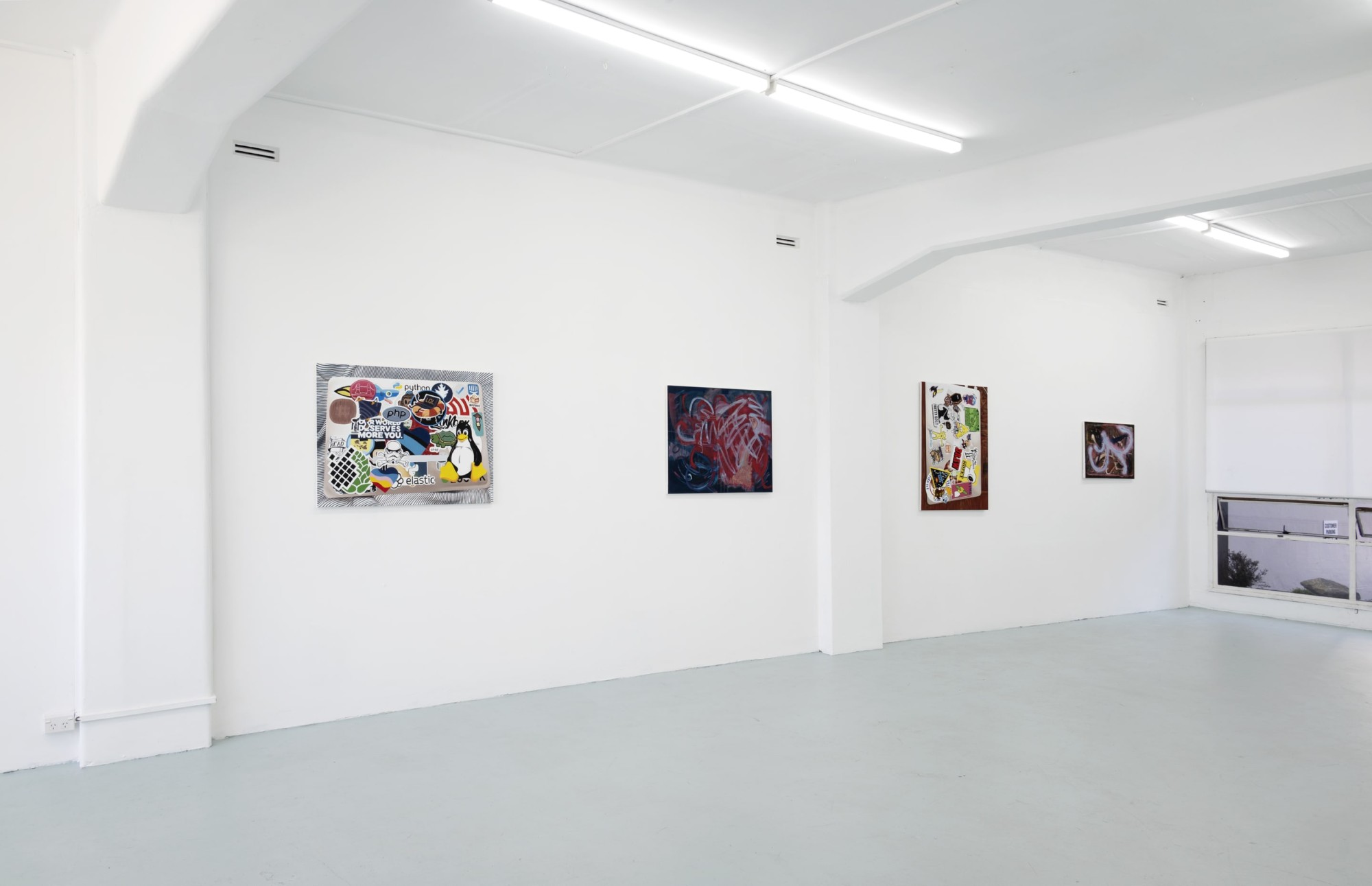
Taylor J. Wagstaff
input coverage, 2024
installation view: Coastal Signs, Tāmaki Makaurau Auckland
Input coverage melds two channels of Wagstaff’s elastic painting practice. Five works titled Single layer paintings or composed markers of repurposed cultural fragments (2023) are neo-realist depictions of the top of a closed laptop, covered in stickers. Amongst the laptops are abstract paintings most of which are based, imaginatively, on the readymade compositions and palettes of their realist neighbours.
As always, Wagstaff’s subject matter is carefully chosen for both it’s legibility as a cultural sign, and for it usefulness in the artist’s ongoing critique of value and taste. Like the fashion images and tattoos from Wagstaff’s previous paintings, the laptops and their stickers are tools of identity formation and display. While the personal brand of each user is specific to their device, the jumble of symbols – characters from the Simpsons, Pokémon, a Mona Lisa dj-ing, aliens, self-help slogans, coder in-jokes – give an overall impression of young people who are vaguely counter-cultural and very online.
Compared to the precision of the laptops, the abstract paintings seem unprecious, even emancipated. Combining a number of painterly tricks and references from painting’s past – Krebbe-like squiggles, Oehlen curves, even a nod to Coastal Signs’ ‘house style’ – the abstracts are the laptop paintings tied in knots, scraped back, smudged, softened, until they slip into a different symbolic register.
One work, Quicksort algorithm in C language (2024) features painted language forms; a code used to sort large data sets in digital technology. However, like most of the paintings on that wall, it feels distorted, or a bit fried; paint marks are more ordered around the text, and disordered towards the edges. In another work, Everything means nothing to me (2024) the compositional reference is discarded in favour of tonality or musicality; placed next to the ‘music’ laptop, this painting channels the attitude of its neighbour in white noise.
For input coverage the gallery is full, twelve paintings in total, and there is a jangly energy in the room; clashing colours, contradictory mark-making, and the uneasy mix of kitsch and criticality. Colliding with one another in a closed dataset, the paintings collapse the products of two niche subcultures to ask questions about the nature of the image and the social construction of taste, not just in wider culture but also within contemporary art’s networks.
Sarah Hopkinson